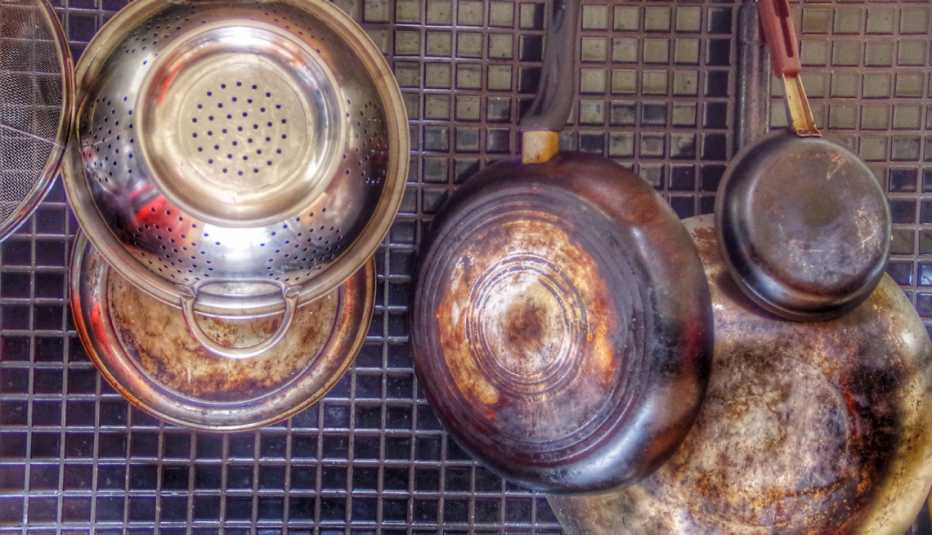AARP Hearing Center


Perhaps the best warning to think twice before buying anything used came from used-car sellers who tried to blur the process by substituting the fuzzy word “pre-owned” for used.
Pre-owned? Seriously, now. Would you ever feel comfortable purchasing a pre-owned mattress? Or a pre-owned pillow? Or heaven forbid, a pre-owned bra?
Buyers beware. The world of purchasing used or pre-owned stuff is fraught with potholes aplenty, even if you can save some money. From allergens to expiration dates, some products are safer when purchased new.
With that in mind, here are 12 things you should never purchase used.
1. Intimates, swimwear and leggings
Let’s start with perhaps the single most obvious example of something that you never, ever should purchase used: any clothing that could possibly have come in close contact with someone’s privates. This advice comes straight from veteran retail guru Trae Bodge, a shopping expert who says her life’s passion is to help consumers save money. But, she says, saving money is hardly an accomplishment if the consumer isn’t fully safe in wearing or using the product.
“As a policy, I never purchase anything secondhand that could have come in close contact with a stranger’s private parts or have been excessively sweated in,” she says. That’s, in part, because the buyer has absolutely no idea of the history of the items. If you have purchased such an item anyway, she suggests getting rid of it. If you insist on keeping and using the items for whatever reason, “Wash thoroughly in hot water before wearing,” she advises.
2. Mattresses, bedding, pillows and sheets
Much like intimates and swimwear, used mattresses are a big no-no. When you see a used mattress or pillow for sale, all you see is the mattress or pillow and not what you really need to see: its history. You don’t know who or what slept on it. You don’t know if it has dust mites or bedbugs. This is way too much unknown to risk your health on, says Anita Chagaris, coauthor and publisher of Garage Sale Gourmet: Streetwise Shopping for Fun, Profit and Home Improvement. Considering that each of us spends about one-third of our lives in bed, we should at least take the basic precaution to make sure the bed and bedding we sleep in do us no harm, she says. The one exception, she says, is if the bedding is still packaged and clearly has never been used — or if the bedding is going to be repurposed, say, to be washed and donated to a dog rescue.






































































More From AARP
Overspending at the Supermarket?
These ten money-wasters may be whySmart Guide to Thrifting
How to save big money buying secondhand goods10 Best Things to Buy at Estate Sales
Iconic style and top quality at low prices